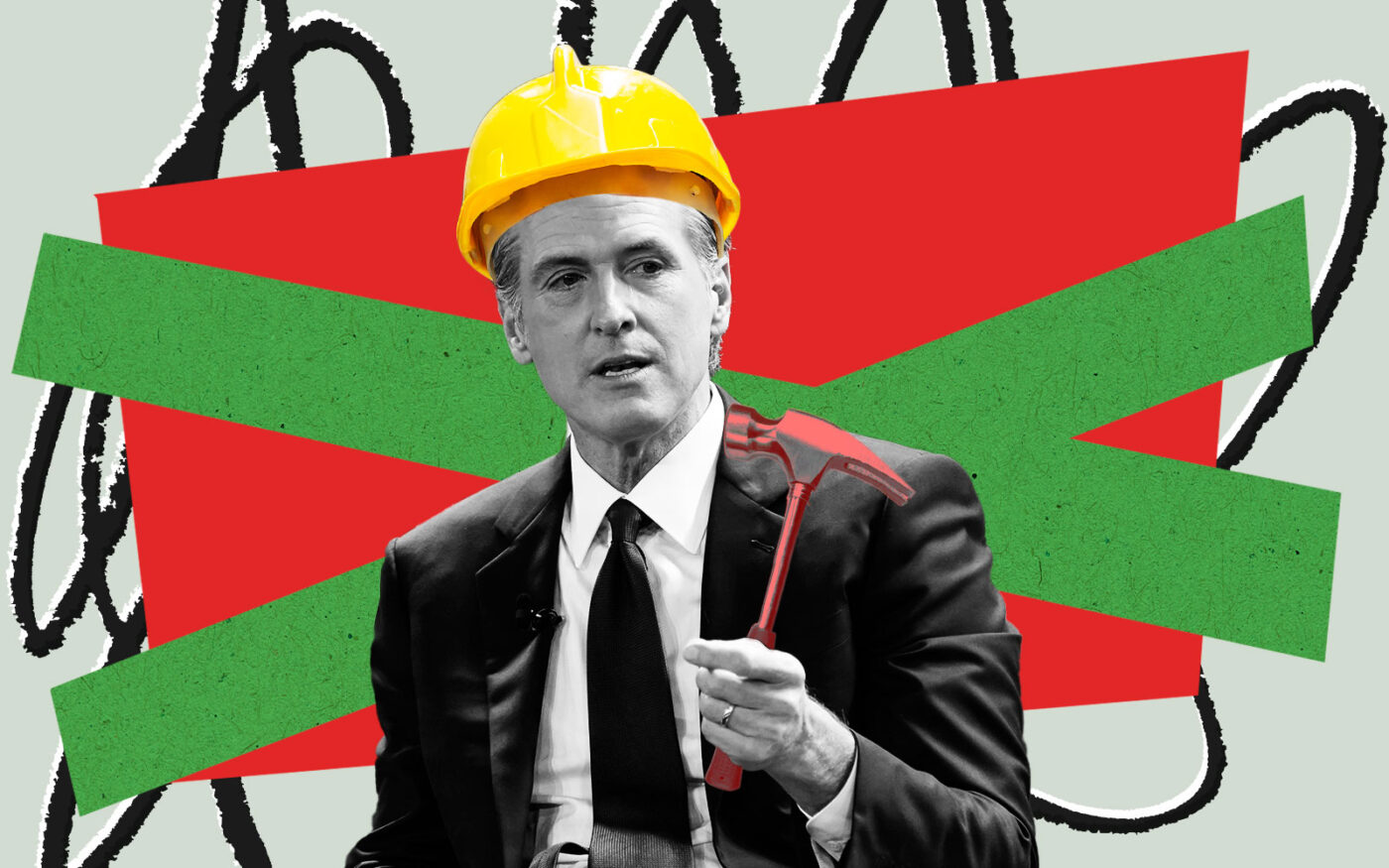 Why SF doesn’t build more homes: It’s the market stupid!
Why SF doesn’t build more homes: It’s the market stupid!
Trending
New SF and California laws aim to speed development in 2024
Regulations focus on streamlining red tape while encouraging density

With San Francisco housing production down to only 2,000 units in 2023, and economic factors from high interest rates and construction costs to low rents hampering developers’ ability to get financing for new projects, the state and city has a slew of new laws which attempt to speed up the approval process and lower costs for developers.
The contentious constraints reduction ordinance that passed the San Francisco Board of Supervisors in December and was approved by California’s Department of Housing and Community Development went into effect Jan. 1. It eliminates the need for conditional use authorization in most code-compliant projects, which the city estimates will trim six to nine months from development timelines.
It also makes it easier to build senior, group and shelter housing, and provides economic incentives for affordable housing projects.
“We’ve got to remove barriers to new housing in San Francisco, and this legislation is a key step in making that happen,” Mayor London Breed said in a statement after the legislation passed in a 9-2 decision. “If we are going to make San Francisco an affordable place for everyone to live, we need to be aggressive in reforming how we approve housing, reduce fees and get rid of all the obstructions that get in the way of building housing.”
The new law will work in tandem with California Senate Bill 423, which was authored by State Sen. Scott Wiener, who represents San Francisco. SB 423 extends the provisions of SB 35, which has streamlined about 18,000 new affordable homes since it passed in 2017. It was due to sunset in 2026 but will now go for another decade and has been expanded to include mixed-income housing developments, not just purely affordable projects.
The law applies in jurisdictions that are not meeting their Regional Housing Need Allocation (RHNA) goals for construction of very low, low or above-moderate income housing.
San Francisco has not met its RHNA goals and, therefore, the city must now approve projects with two or more units, as long as at least 50 percent of the units are affordable for households earning less than 80 percent of the Area Median Income, according to the city’s Planning Department. In projects with more than 10 units, a minimum of 10 percent must be affordable, either for ownership at 80 percent of AMI or rent at 50 percent AMI.
Wiener also snuck in a last-minute provision that will require state regulators to check on San Francisco’s status in reaching its RHNA goals every year. Before SB 423, the city was not scheduled for a state check until 2027.
Wiener also sponsored SB 4, known as Yes in God’s Backyard, which makes it easier for churches, synagogues, mosques and even nonprofit colleges to build affordable housing on their properties.
“We need to build 1 million affordable homes in the next eight years to meet our housing goals, and hundreds of faith communities and nonprofit colleges have excess land that can and should be used for affordable housing,” Wiener said in a statement after the legislation passed the Assembly 56 to 1.
Other legislation aims to lower the ability of cities and neighborhood groups to use environmental review to slow or kill a project. Once again, Bay Area-based legislators took the lead with SF Assemblymember Phil Ting sponsoring AB 1633, which puts a time limit on cities’ approval or denial of a project’s environmental review.
In addition, SB 439, by Berkeley Sen. Nancy Skinner will limit the ability of opponents to file “frivolous” lawsuits under the California Environmental Quality Act.
Other bills targeted density. AB 1287, a bill from San Diego Assemblymember David Alvarez, creates a new stackable density bonus on middle-income and low-income housing, as well as the first density bonus for moderate income rental units. For example, an apartment project could get a 50 percent density bonus by pricing 15 percent of its units for very-low-income residents and get another 50 percent bonus for pricing 15 percent of its units for moderate-income renters for a total of a 100 percent bonus. Previously, the moderate-income bonus was only applicable in for-sale units, and developers could not stack the bonuses.
In addition, SB 684 from Central Valley Sen. Anna Caballero would have streamlined approvals for homes in infill developments of 10 homes or less in areas zoned for multifamily and on vacant lots in single-family areas. But, due to some last-minute amendments, single-family neighborhoods were carved out of the legislation, a move that angered some of its biggest proponents.
In a joint statement from California YIMBY, California Community Builders, The Central Valley Urban Institute and others, the pro-SB 684 groups said they were “disappointed” that areas zoned for single-family, which they said are typically more affluent, were removed from the legislation.
“We believe that all neighborhoods, especially those with the most resources, have a responsibility to accommodate new housing, and we look forward to addressing this issue more directly in the 2024 legislative session,” they said.
Read more
 Why SF doesn’t build more homes: It’s the market stupid!
Why SF doesn’t build more homes: It’s the market stupid!
 A major California housing bill is expanding, but impact could be limited
A major California housing bill is expanding, but impact could be limited
 Newsom signs slew of bills to spur homebuilding across state
Newsom signs slew of bills to spur homebuilding across state




